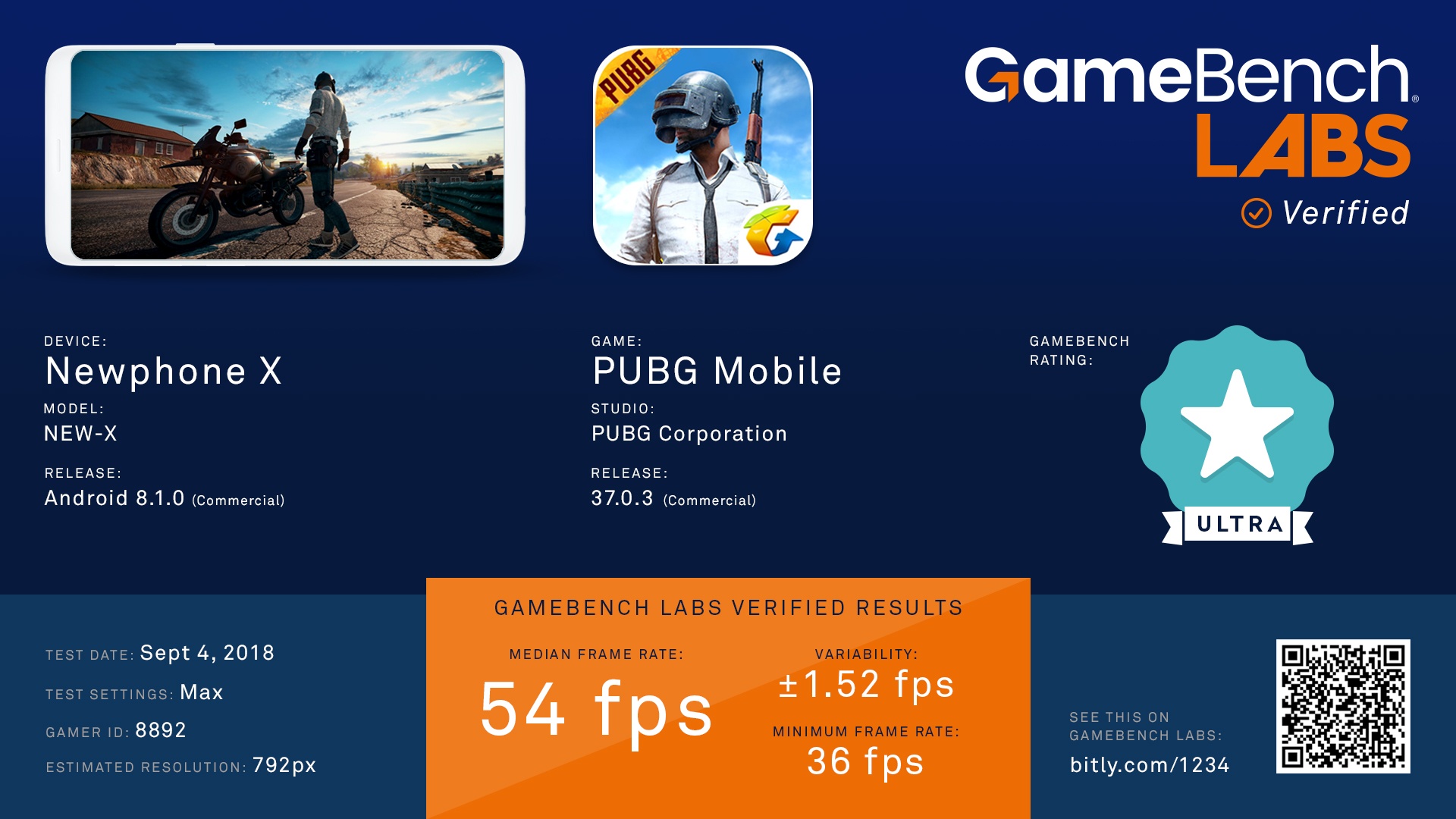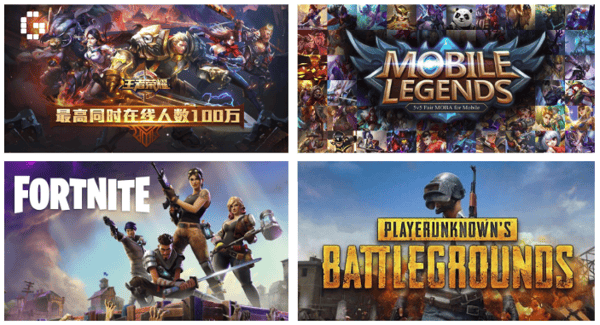
- GameBench Staff
- 27. September 2018
-
0 Comments
GameBench is rapidly growing in popularity as a mobile testing tool, which people can use for any purpose they like. It's great to see our software being used by phone enthusiasts like XDA for benchmarking, by game studios like Rovio for QA and by device makers like OnePlus for hardware optimisation. At the same time, we've also seen increased demand from our clients for us to offer GameBench as an end-to-end benchmarking service, in which we take charge of testing and publishing authoritative and credible results for their products. In response, after a year of experimenting with publishing ratings via our Reference Data Beta, we're pleased to announce the launch of GameBench Labs! Please read on for more...
Not just a tool
Since we launched GameBench in 2014, and with the help of constant feedback from our clients and free users, we've developed not only a great tool but also an industry-leading methodology for testing and rating gameplay experiences. In addition to our Reference Data Beta, we've already put this methodology into practice through ad hoc projects for some of the biggest mobile gaming companies (most recently Super Evil Megacorp, who asked us to publicly benchmark Vainglory 5v5).
We're now ready to offer our benchmarking expertise in a more formal way, as a complete benchmarking and competitor analysis service for both game makers and hardware makers -- especially those who want to demonstrate the quality of their products to consumers. The service will be delivered by the GameBench Labs team of experienced project leads and game testers within GameBench Ltd. If you're interested in this new service, feel free to get in touch by email or keep reading for more.
GameBench Labs Verified

When a mobile gamer sees "GameBench Labs Verified" branding on a results card like the sample above, combined with a URL and QR code that links back to a results page on our own site, they'll know that the performance claims presented in that card haven't just been conjured up by a marketing department. They'll know that the numbers have been verified by us, a long-established and commercially independent company that lives or dies on its reputation.
What does GameBench Labs measure?

GameBench Labs results and ratings are based on three primary metrics. These metrics have been designed to work together as an objective predictor of a gamer's likely subjective experience, and they're presented on our results cards:
| Metric | Purpose |
| Median frame rate | Describes the typical smoothness of gameplay |
| Minimum frame rate | Describes the worst point of smoothness, even if only momentary |
| Average variability | Describes the typical jump between consecutive frame rates |
When rating a gaming experience, we also take account of three further metrics to ensure that high frame rate performance is not achieved at the expense of decreased resolution, increased judder or excessive battery drain. Where pertinent, we'll include these metrics on our ratings cards:
| Metric | Purpose |
| Estimated effective resolution | Helps to describe visual quality (Note: this is often very different to physical screen resolution). Where a device plays a game at a lower resolution than other devices, we'll note this on our results cards. |
| Frame-to-screen sync | Describes how much gameplay time was spent at a stable frame rate that suits the screen refresh rate (Hz) and therefore had reduced risk of judder. |
| Power consumption | Describes the battery drain experienced while playing a game. If we observe battery drain of more than 25 percent per hour (i.e., less than four hours of gameplay on a charge), we'll note this on our results cards. |
How to work with GameBench Labs
Your company doesn't have to be a client of GameBench tools in order to access services from GameBench Labs. This is a tailored service that responds to your needs while at the same time having a fixed and very simple price list, based on the number of games and devices you'd like us to benchmark. The best way to get started is to email us at labs@gamebench.net

In general, working with GameBench Labs involves three simple steps:
Step 1: Pick the products to be tested
Tell us which games you want tested on which devices. This can include both your own and competitor products. Consumers often want to know how high-intensity games (like those shown above) perform on high-end or gaming-centric devices, and we can help to guide your choices if you wish, based on what's popular in our crowdsourced database.
Step 2: Check the results
We'll provide you with Verified results cards under NDA. These will quickly show you whether your gaming quality is good enough, or whether further optimisation is needed. Optionally, we can also provide a full set of raw data that can help you diagnose and fix performance issues much quicker than relying on subjective testing or post-launch customer complaints.
Step 3: Get ahead of the news cycle
If you have a high-profile product, it's very likely that a tech site like XDA, Tudocelular, PCPop or 4PDA will eventually test your product with GameBench. But you can get ahead of the news cycle by using GameBench Labs Verified results, including our logos and watermarks, as part of your launch publicity, so that journalists and gamers know what to expect even before they do their own benchmarks.
That's it! Let's get started...
If you're interested in working with GameBench Labs, please get in touch.

